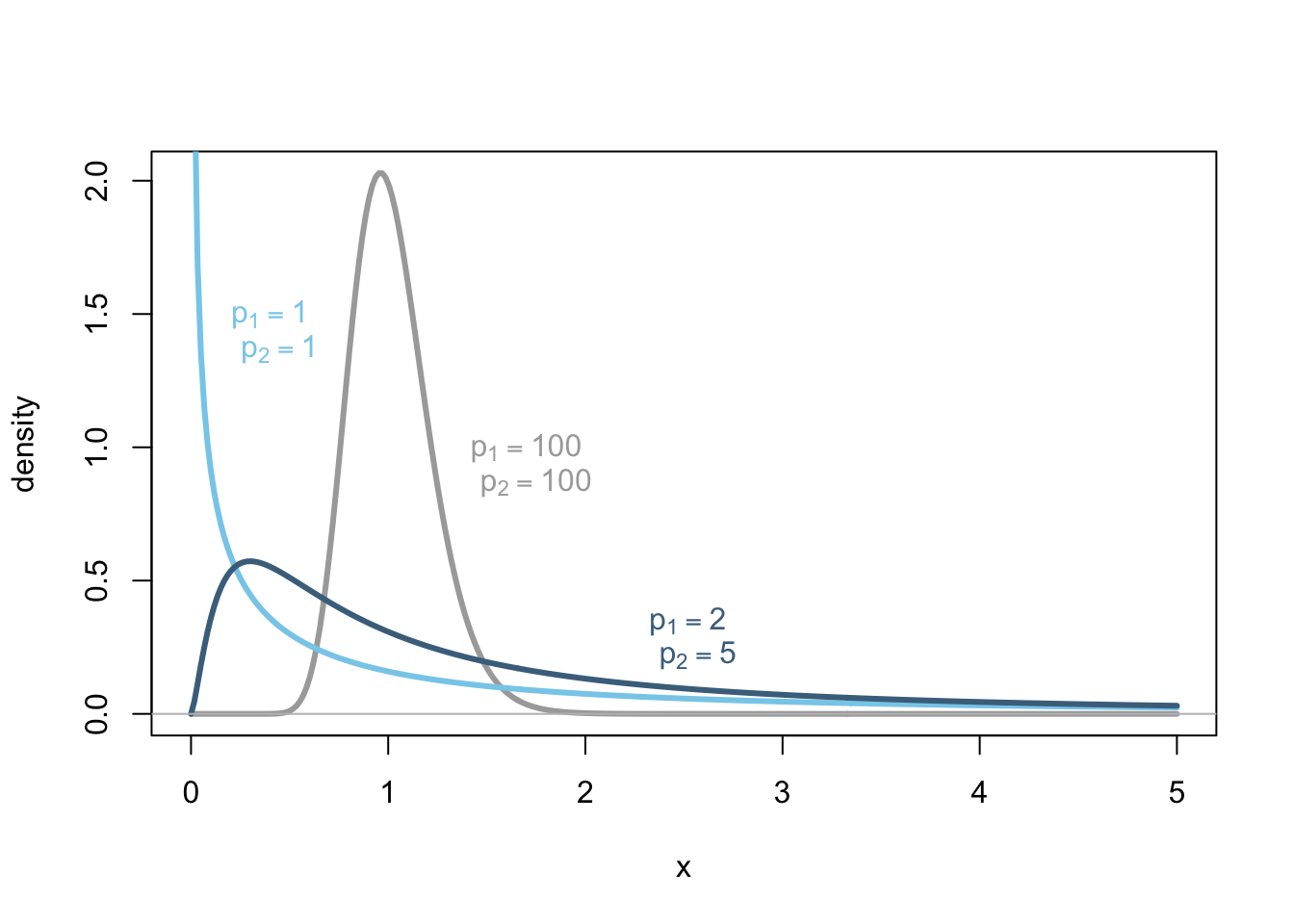Design-based inference is a type of statistical inference which involves using experimental design principles to draw conclusions from observational data. It enables researchers to develop and test hypotheses about the population based on the data produced in their experiments.
Uses of Design-Based Inference
Design-based inference can be used to investigate the influence of different factors on a particular outcome or behavior, as well as to assess the reliability of results from surveys and other forms of data collection.
Design-based inference relies on the use of randomization methods, such as blocking and stratification, to control for potential sources of bias or confounding in study designs. This helps ensure that any differences among groups are due to factors related to the study rather than external factors that are unrelated.
Randomization also helps researchers make sure that their sample is representative of the target population and that it captures all possible variation within a given set of parameters. This allows them to draw valid inferences from their results by avoiding common mistakes like selection bias.
Statistical Techniques
Design-based inference also makes use of statistical techniques, such as ANOVA or regression analysis, to analyze data collected from experiments and draw meaningful conclusions from them. These techniques help researchers identify patterns in the data which suggest relationships between variables, or correlations between different outcomes or behaviors.
They can then use these relationships and correlations to form hypotheses about how different variables might interact with one another or affect particular phenomena in various ways. By applying these principles to experimental designs, researchers can gain valuable insights into how populations may respond when exposed to certain conditions over time, allowing them draw more accurate inferences about cause and effect relationships in their studies.
Advantages and Disadvantages
One of the advantages of this method is that it allows researchers to make inferences about a population without knowing anything about the underlying distribution. This means that design-based inference can be used even when the distribution of the population is unknown, which can be an important advantage in many cases.
Another advantage of design-based inference is that it is generally considered to be more transparent and less subjective than other forms of statistical inference. This is because design-based inference relies on a known sampling design to obtain data, which can often be described in detail. This transparency can help to increase the reliability and validity of research findings.
However, there are also some disadvantages to using design-based inference. One potential disadvantage is that it can be more complex and time-consuming than other forms of statistical inference, since it typically requires a detailed understanding of the sample design and sampling process.
This complexity can make it more difficult to use in practice, especially for researchers who are not well-versed in statistical methods. Another potential disadvantage of design-based inference is that it can be less flexible than other forms of statistical inference. This is because the conclusions that can be drawn from design-based inference are limited by the sample design and the sampling process. This means that design-based inference may not be appropriate for all research questions or situations.
Despite these potential disadvantages, design-based inference remains an important statistical method that is widely used in many fields. By understanding both the advantages and disadvantages of this method, researchers can make informed decisions about when and how to use it in their own research.
Conclusion
To conclude, although design-based inference can be complex and requires considerable expertise on behalf of the researcher, it provides greater insight into relationships among variables than traditional methods of statistical inference do. This makes it an invaluable tool for social scientists looking to gain deeper understanding of phenomena they are studying or evaluating a program’s effectiveness over time.

